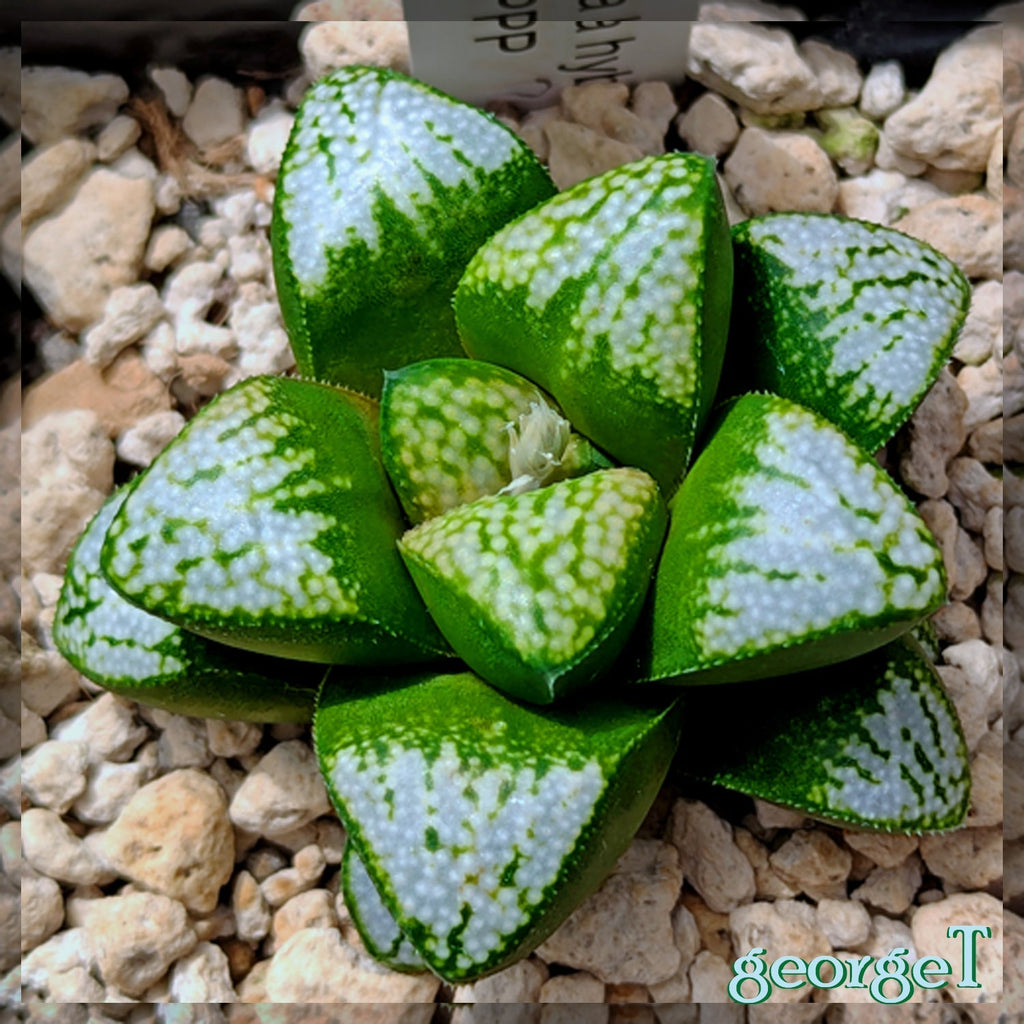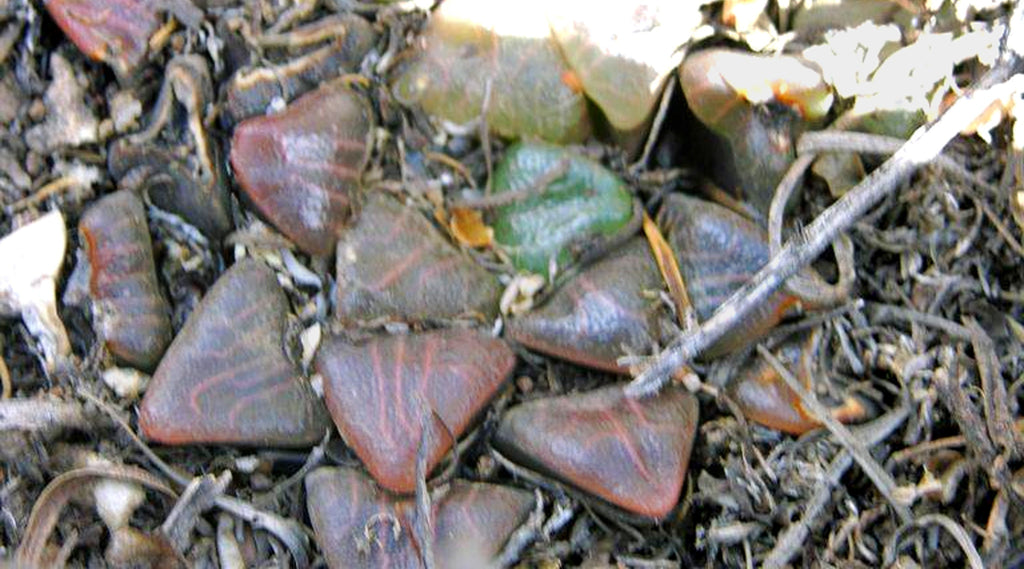George Theodoris

Secret Life of Plants 4: Plant Nutrition
A customer recently asked me: “Can you suggest what type of plant food I can use for my Haworthia collection?”
That question struck a chord because I used to do research on nitrogen utilization in plants, and I realized it might be useful to share a deeper look at plant nutrition and how it relates to succulent cultivation. Over
George Theodoris

Blue: My Favorite Color
Blue has always been my favorite color, and it’s one with a fascinating story. Here are some of my favorite facts about blue: Blue light is special. Its wavelength falls between roughly 450–495 nanometers, making it one of the shortest wavelengths of visible light. This is why the sky appears blue — shorter wavelengths scatter more efficiently in the atmosphere. Blue pigments are rare in nature. Historically, ultramarine made from lapis lazuli was so valuable it was reserved for important artworks, especially religious paintings. Blue protects. In many cultures, blue is the color of evil eye amulets, symbolizing protection, peace,...
George Theodoris

The Secret Life of Ferraria crispa
Flowers are the ultimate expression of nature’s beauty. Over millions of years, they’ve evolved colorful patterns, intricate shapes, and enticing fragrances to attract pollinators—including humans, who have been selectively breeding them for millennia to enhance their beauty. In fact, the first known flower cultivated for its aesthetics may have been the lotus or chrysanthemum in ancient China or India, over 2,000 years ago. Tulips were bred in the Ottoman Empire in the 1500s and later became iconic in the Netherlands. Orchids, of course, might be the most spectacular of all, with their staggering diversity and often surreal forms. What’s your...
George Theodoris

Are Haworthia Winter Growers?
In my last newsletter, I mentioned that "I usually don’t water them (Haworthia) at all during December and January, except for young seedlings." This sparked a response from a reader who pointed out, "Haworthia are winter growers." This comment highlights a common belief: that Haworthia are winter growers. For many years, I accepted this as fact. However, my experience cultivating these plants over the past two decades has revealed a more nuanced story. Are Haworthia Winter Growers? Conventional wisdom among some is that Haworthia are winter growers, but under cultivation, my plants behave differently. In my growing conditions, they grow more...
Recent Articles